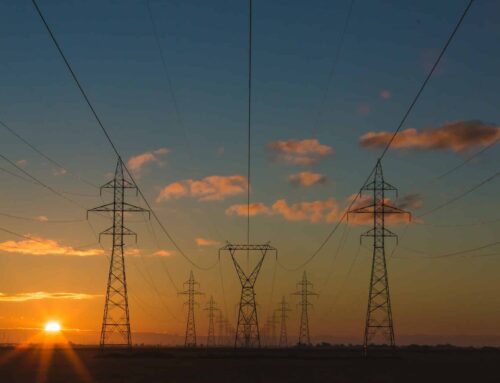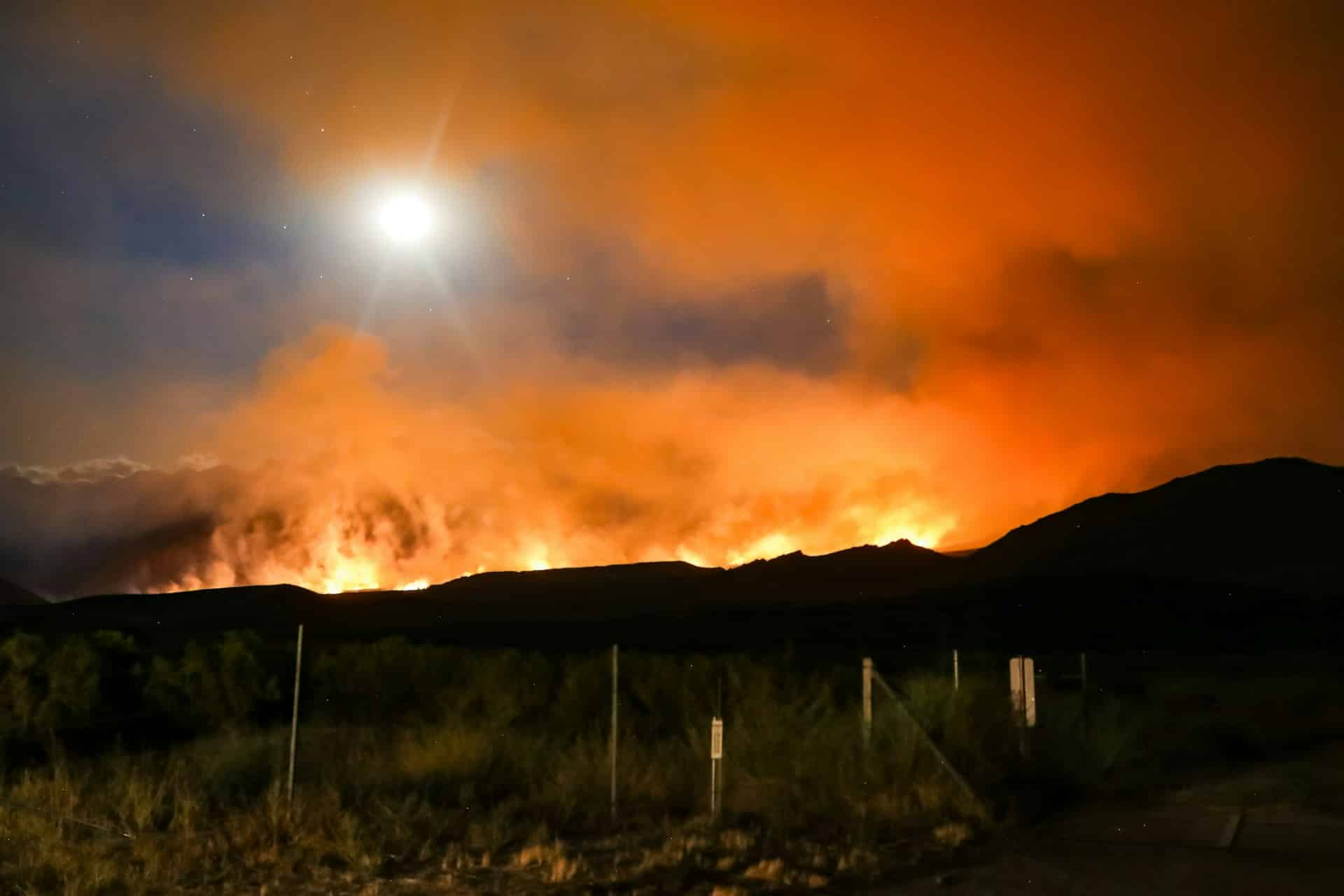Another attempt at funding disaster relief in the wake of Superstorm Sandy will hit the floor of the House of Representatives next week. Unfortunately, like the Senate bill from last year, it will have a lot of extraneous, non-disaster related spending. It may not be quite as bad as the Christmas tree disaster bills of old, which were larded up with baubles and special interest spending, but it still continues the tradition at least in part. It shouldn’t be this way.
Our national response to disaster needs fundamental reform. The reality is we spend too little in prevention, protection, and measures to make property and infrastructure more resilient between disasters. That in turn means we spend too much after disasters occur, often with inferior outcomes that put people and property right back in harm’s way. We cannot afford to fund our prevention, protection, and resiliency in slip-shod occasional emergency spending bills. Instead, it should be ingrained in the regular budget process.
One positive outcome of the Budget Control Act of 2011 that launched the ill-fated “Super Committee” and the across-the-board cuts known as sequestration that threatens to this day, was a requirement to adequately fund the Disaster Relief Fund (DRF). The DRF exists because we may not know where and what disaster will strike, but we know some disasters will occur each year. In the immediate aftermath of Sandy, the Federal Emergency Management Agency had billions of dollars in the DRF ready to spend on response. Budgeting worked.
But when a storm as large and impactful as Sandy occurs, the DRF isn’t enough. Major infrastructure is crippled or destroyed, people are displaced, and we need to rebuild. But, particularly considering our precarious budget situation, federal spending efforts need to be targeted, limited, and focused on truly emergency needs. Affected federal agencies should not look at emergency funding to feather their own nest, but look to existing funds first to repair their facilities. Nice-to-haves and good-to-haves are not emergencies and need to be put off until the next budget. Congress should act with smaller and quite possibly multiple emergency spending packages as the needs arise. Katrina relief came not in just one spending bill, but several and over several years. Finally, rebuilding has to be done in a way that makes people and property less vulnerable, so that when the inevitable next disaster strikes there is less damage and loss of life.
Everyone knows we have to enact Sandy disaster assistance for those impacted. But we have to be sure we do it in an appropriate and effective manner. The Sandy supplemental being considered isn’t riddled with “pork” per se, in fact in some ways it’s better than what the Senate passed last year. But far too much of it is not emergency and should be done in the context of the regular budget process.
Out of one side of their mouths lawmakers are saying that we need to deal with the across-the-board cuts that are sequestration and to reduce spending. Out of the other side of their mouths they are calling a whole litany of regular spending items “emergency” to evade budget caps. We cannot afford business as usual. Business as usual got us into this $16.4 trillion debt hole, it’s sure not going to get us out of it.














Get Social